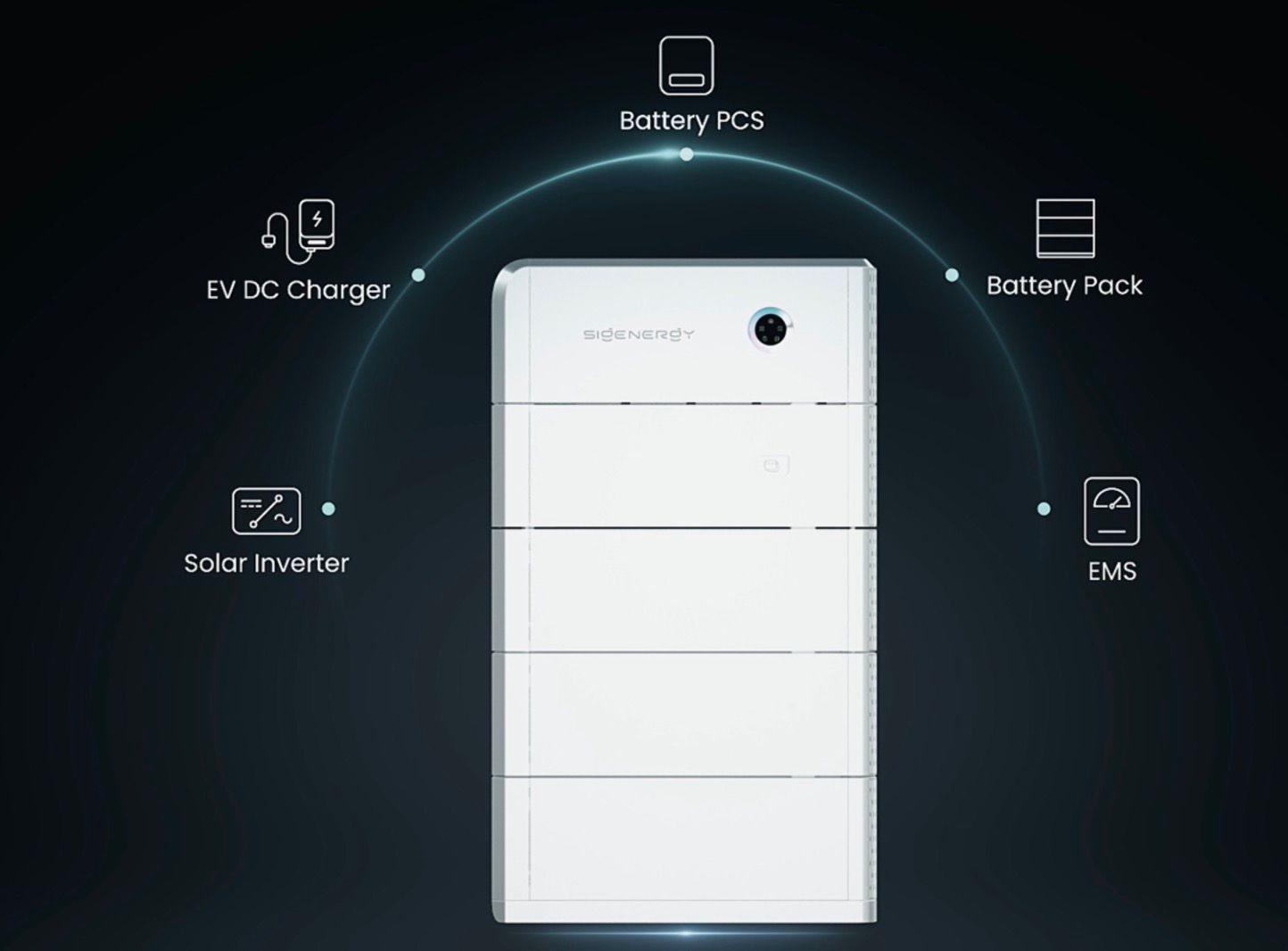Tesla Powerwall 3 vs Sigenergy SigenStor (1)
Both Tesla Powerwall 3 and Sigenergy SigenStor are advanced solar energy systems designed to store and manage energy efficiently. They share some similarities, but there are key differences that might make one more suitable for your home than the other. Let’s break it down.
Both Tesla Powerwall 3 and Sigenergy SigenStor are advanced solar energy systems designed to store and manage energy efficiently. They share some similarities, but there are key differences that might make one more suitable for your home than the other. Let’s break it down.
What is a Hybrid Inverter?
Think of the inverter as a translator for your solar energy system.
-
Solar panels generate electricity in Direct Current (DC) form.
-
Your home runs on Alternating Current (AC) electricity.
-
The inverter converts DC electricity into AC, making it usable for your home.
Both Powerwall 3 and SigenStor feature hybrid inverters, which combine the inverter and battery storage into one system. This two-in-one approach saves on components and installation time.
Battery Storage: Powerwall 3 vs. SigenStor
Both systems store excess electricity generated by your solar panels. You can use this stored energy:
-
At night 🌙
-
During peak energy rate hours 💸
-
During power outages ⚡

Powerwall 3 Overview
Fixed Storage Capacity: 13.5 kWh
Built-in Hybrid Inverter: Converts electricity for both battery charging and home use.
Ecosystem: Works best with Tesla’s ecosystem but can integrate with non-Tesla solar systems.
Phase Compatibility: Best suited for single-phase homes, with limited support for three-phase setups.

SigenStor Overview
Modular Design: Battery capacity starts at 8 kWh and can be expanded in 8 kWh increments up to 48 kWh. You can combine multiple 48 kWh stacks for even more storage.
Flexibility: Available in both single-phase and three-phase configurations.
Three-Phase Backup: Ideal for homes with large appliances that require balanced power distribution.
Energy Efficiency and Conversion Losses
Energy efficiency is crucial for any home battery system. When electricity is converted from DC to AC (or vice versa), some energy is lost as heat.
Understanding AC and DC Coupling
DC Coupling: Solar panels send electricity directly to the battery in DC form before converting it to AC for home use.
Efficiency: Both systems achieve around 98% efficiency in DC-coupled setups.
AC Coupling: Solar panels send DC electricity to the hybrid inverter, which converts it to AC for home use. Excess energy is then converted back to DC for storage.
Efficiency: AC-coupled systems typically have a round-trip efficiency of around 90%.
Powerwall 3 Efficiency
DC Coupling Efficiency: 97.5%
Best For: Homes with new solar systems where DC coupling is possible.
SigenStor Efficiency
DC Coupling Efficiency: 98% (slightly higher than Powerwall 3)
Best For: Homes that need modular, expandable storage and three-phase compatibility.
Which System is Right for You?
Choose Tesla Powerwall 3 if:
You want a fixed storage capacity of 13.5 kWh.
Your home is single-phase and doesn’t require three-phase support.
You prefer a system that integrates well with Tesla’s ecosystem.
Choose Sigenergy SigenStor if:
You need modular, expandable storage (starting at 8 kWh and expandable up to 48 kWh or more).
Your home requires three-phase power for large appliances.
You want a system with slightly higher efficiency (98%) in DC-coupled setups.
Final Thoughts
Both Tesla Powerwall 3 and Sigenergy SigenStor are excellent choices for solar energy storage. Your decision will depend on your home’s energy needs, phase compatibility, and whether you prefer a fixed or modular system.
🔋 Powerwall 3 is ideal for single-phase homes with a focus on simplicity and integration with Tesla’s ecosystem.
🧱 SigenStor offers flexibility, expandability, and three-phase support, making it perfect for larger homes or those with higher energy demands.
Whichever system you choose, you’ll be taking a significant step toward energy independence and sustainability. 🌍💡
Free Registration
To express your interest, simply fill out the form. We'll be in touch in 2 business days. Installation priority will be based on the registration list, so act fast!
